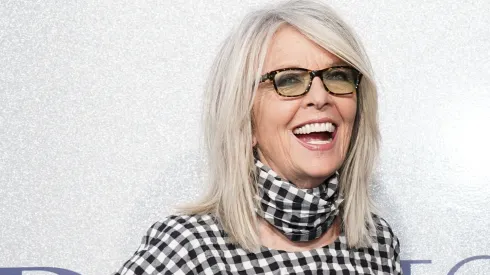For over five decades, Diane Keaton was more than just an amazing actress: she has been a force of nature who defied Hollywood conventions and carved out a unique space for herself.
Known for her distinctive style, self-deprecating humor, and a disarming authenticity, Keaton’s personality was as iconic as her filmography. She never conformed to the typical mold of a leading lady, instead choose to embody a kind of nervous, intellectual charm that captivated audiences.
This unwavering individuality didn’t just define her on-screen characters; it was the key to her remarkable longevity and influence in an industry that often demands conformity.
Revolution Star
Keaton’s influence on Hollywood is perhaps best exemplified by her most famous role in Annie Hall (1977), a film that earned her an Academy Award for Best Actress. The character, who was famously a reflection of Keaton herself, introduced a new kind of heroine to the screen, one who was quirky, intelligent, and unpolished. This was a stark departure from the glamorous starlets of the era.
The oversized men’s clothing, vests, and ties that became the “Annie Hall look” were actually many of Keaton’s own clothes, a creative choice that not only sparked a global fashion trend but also signaled her commitment to being authentically herself. By bringing her own personality to the role, she proved that audiences wanted to see genuine, relatable women on screen, not just polished archetypes. Her success was a quiet revolution that paved the way for a new generation of actresses.
Throughout her career, Keaton’s independence was a guiding principle. She consistently challenged expectations by seamlessly transitioning between genres, often working with celebrated directors. From the high-stakes drama of The Godfather trilogy with Francis Ford Coppola to the screwball comedy of Sleeper with Woody Allen and the heartbreaking intimacy of Marvin’s Room with Jerry Zaks, her talent was never confined to one type of role. As she grew older, Keaton continued to reinvent herself, starring in romantic comedies like Something’s Gotta Give (2003) that celebrated mature love and female sexuality, a genre that was, at the time, rare for women over 50.
Architectural Preservation
Beyond her work in front of the camera, Keaton had a deep-seated passion for architecture and design, a fact that speaks of the creative and independent spirit she had. For many years, she used her influence to help preserve historic buildings in Los Angeles, including homes designed by famed architects like Frank Lloyd Wright and Richard Neutra.
Her passion for architectural conservation led her to publish several books, including California Romantica (2007) and House (2012), which showcased her talent as a photographer and personal collection and a curated look at her favorite architectural styles. This dedication to preserving history and art outside of the film industry further highlighted her unique character, demonstrating that her interests and passions were as rich and multifaceted as the characters she brought to life on screen.
